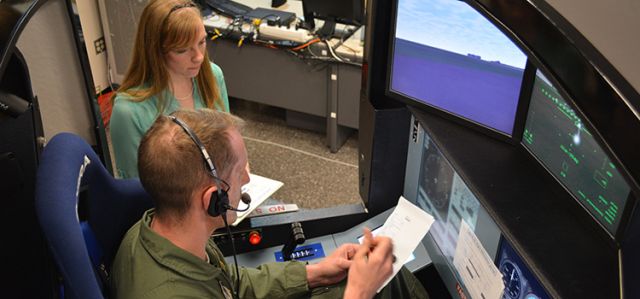Document Type
Article
Publication Date
4-2021
Publication Source
Energies
Abstract
Smart WiFi thermostats, when they first reached the market, were touted as a means for achieving substantial heating and cooling energy cost savings. These savings did not materialize until additional features, such as geofencing, were added. Today, average savings from these thermostats of 10–12% in heating and 15% in cooling for a single-family residence have been reported. This research aims to demonstrate additional potential benefit of these thermostats, namely as a potential instrument for conducting virtual energy audits on residences. In this study, archived smart WiFi thermostat measured temperature data in the form of a power spectrum, corresponding historical weather and energy consumption data, building geometry characteristics, and occupancy data were integrated in order to train a machine learning model to predict attic and wall R-Values, furnace efficiency, and air conditioning seasonal energy efficiency ratio (SEER), all of which were known for all residences in this study. The developed model was validated on residences not used for model development. Validation R-squared values of 0.9408, 0.9421, 0.9536, and 0.9053 for predicting attic and wall R-values, furnace efficiency, and AC SEER, respectively, were realized. This research demonstrates promise for low-cost data-based energy auditing of residences reliant upon smart WiFi thermostats.
ISBN/ISSN
1996-1073
Document Version
Published Version
Publisher
MDPI
Volume
14
Issue
9
Peer Reviewed
yes
eCommons Citation
Alanezi, Abdulrahman; Hallinan, Kevin; and Huang, Kefan, "Automated Residential Energy Audits Using a Smart WiFi Thermostat-Enabled Data Mining Approach" (2021). Mechanical and Aerospace Engineering Faculty Publications. 245.
https://ecommons.udayton.edu/mee_fac_pub/245




Comments
This open-access article is provided for download in compliance with the publisher’s policy on self-archiving. To view the version of record, use the DOI: https://doi.org/10.3390/en14092500